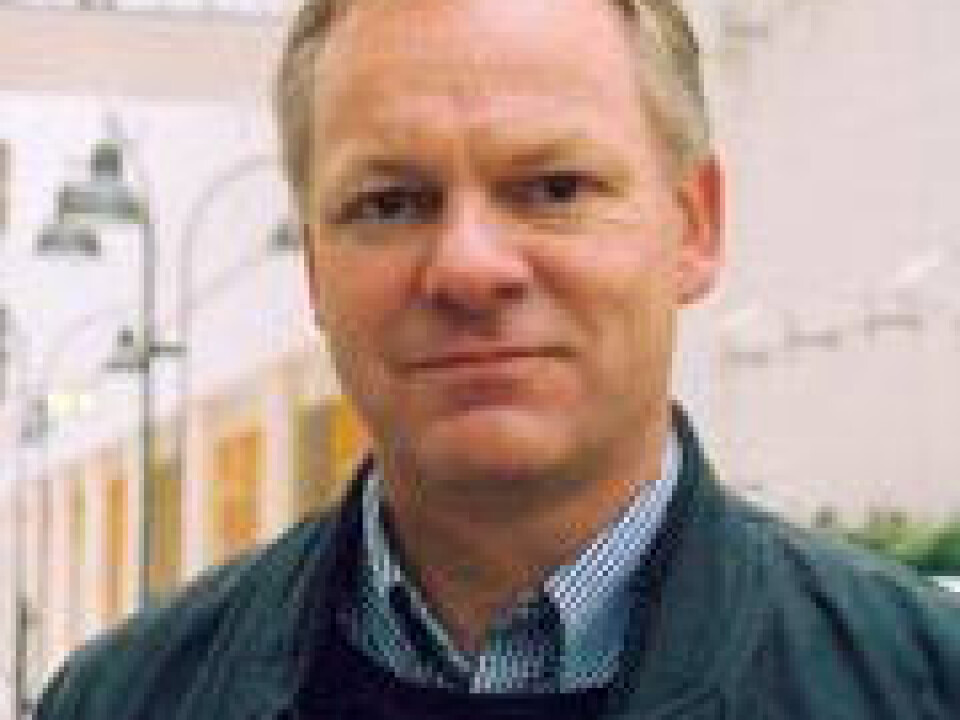
Privatised vs. socialised health services
Depending on their leanings, politicians can portray privatisation as either a cure-all or the bane of Norwegian hospitals. Research doesn’t back either claim.
Denne artikkelen er over ti år gammel og kan inneholde utdatert informasjon.
Norwegian politicians seem sure of themselves: On the right, the winners of the recent parliamentary election, the Conservatives and the Progress Party, are strong advocates of privatising health services in Norway. They say this is a way to make the health sector more efficient and reduce or eliminate queues for treatment and surgery.
Representatives of the Socialist Left Party and the Labour Party counter that privatisation will weaken health services and lead to burnout among health personnel.
Researchers are not so sure either way.
Disparate results
For a start, there are not that many research results to go by. Few studies have been conducted in Norway, mostly because the country has few private hospitals. Experiences from abroad give indications but national health systems tend to differ a great deal and adequate international comparative studies can be prohibitively costly and complicated.

Secondly, the results that are available point in different directions.
“Some studies show that privatisation spurs a rise in effectiveness. Others conclude the opposite. The main conclusion is that no general link has been found between efficiency and the type of ownership,” says Professor Jon Magnussen of the Department of Public Health and General Practice at the Norwegian University of Science and Technology.
The key factor is probably the way public and private health services are organised; it’s a matter of what conditions private initiatives work under.
Professor Terje P. Hagen of the University of Oslo’s Institute of Health and Society has recently conducted an analysis of private, commercial hospitals in Norway. He thinks Norwegians have already organised an adequate system.
Pressure on costs

“What we see is that the commercial hospitals or clinics specialise in simpler afflictions, such as wear-and-tear injuries in knees, hips or other joints,” says Hagen.
In the Norwegian system this means the four Regional Health Authorities, which administer the hospitals, can save large sums by buying specific private services. Assignments in Norway, including certain health services, are subject to tenders, and this has pushed costs down for certain types of treatment.
Hagen thinks countries that are comparable to Norway – such as Denmark and England – could learn a lesson from the Norwegian system.
Owners earn well
“Private hospitals have proliferated in these countries, but they have chosen to pay the same for private as for public hospitals.”

Public coffers thus gain nothing from privatisation. When the private hospitals manage to do the job more cheaply, their owners earn big profits.
“We usually don’t recommend bidding competitions for health services because lower prices can easily equate to lower quality. But these kinds of tenders can often be used when it comes to simple surgical procedures where high quality is more easily maintained,” says Hagen.
However, the positive experience that Norway has had with private hospitals does not mean that Norwegians will get more for their money if they privatise their hospitals.
Choosing easier services
The main question is whether private players can manage to deliver services more cheaply than it costs to run services in the public sector.
Hagen attributes the success of private hospitals to their specialising in profitable patients, the ones who need relatively simple surgical procedures that are easy to streamline efficiently.
“These hospitals have no emergency wards. The employees work from eight to four and often all their activities are planned,” says the professor.
Public hospitals cannot work that way. They sustain the costs of 24/7 operations and staffing emergency wards. They are also responsible for training, education and research. At any given time they might have to treat acute patients who take priority over scheduled treatment of patients.
Political choice
When all is said and done, deregulating private players and freer financing of health care could yield better services for certain routine surgeries and procedures.
But when Norway uses more funds on private services, less remains in the kitty for the public hospitals. This can lead to weaker services in areas such as emergency preparedness and treatment of “unprofitable” patients with chronic or rather diffuse ailments.
Research doesn’t give a clear answer to the question of what is best given all of these other factors.
"You have to ask: Best when it comes to what?” points out Magnusson.
“We can use a variety of instruments and generally some will work well in certain areas and less well in others,” he says. “When it comes down to it, the issue of what’s best is a political decision.”
----------------------------------
Read the Norwegian version of this article at forskning.no
Translated by: Glenn Ostling

































